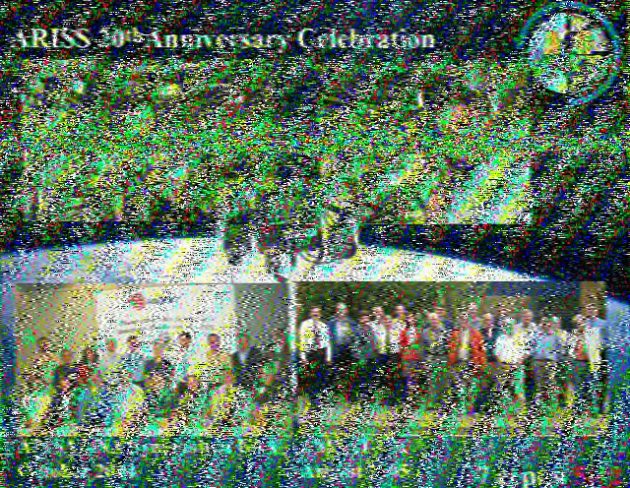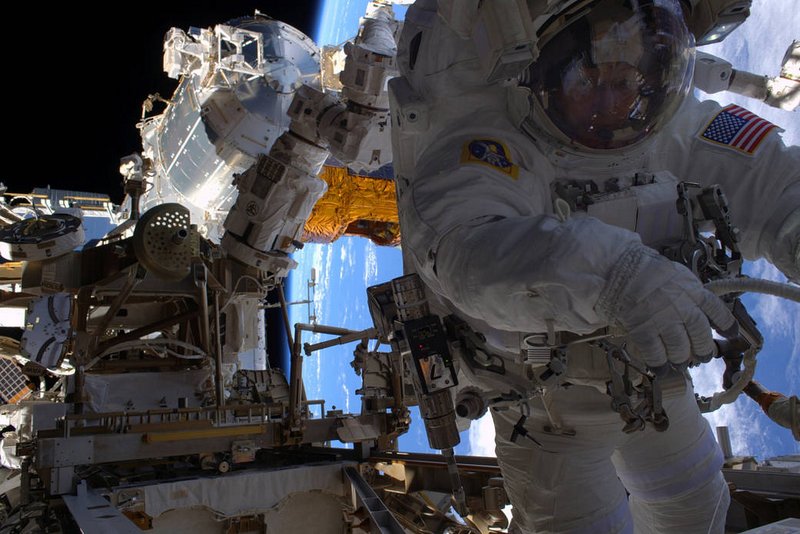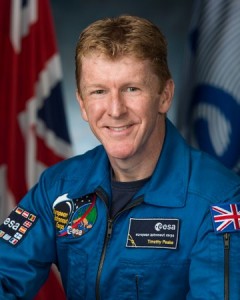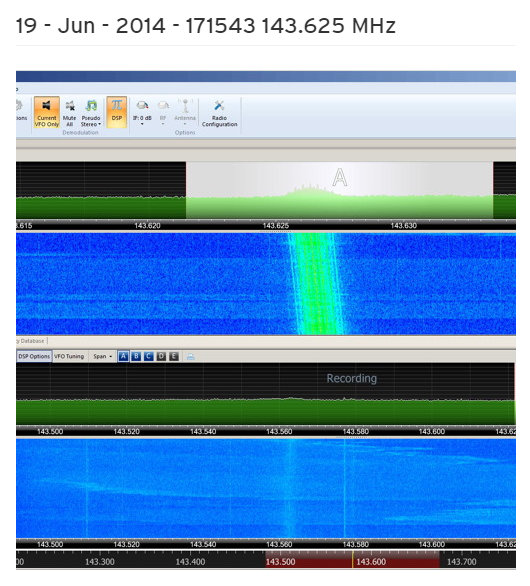(Source: ARRL via Eric McFadden, WD8RIF)
Space Station’s Slow-Scan Television System to be Active in April
The Amateur Radio Slow-Scan Television (SSTV) system on the International Space Station (ISS) is expected to be active in April on 145.800 MHz (FM). The Russian segment’s MAI 75 SSTV has announced transmissions on Monday, April 2, 1505 – 1830 UTC, and on Tuesday, April 3, 1415 – 1840 UTC.
“Reviewing the crew schedule, the SSTV activity, which uses Amateur Radio on the International Space Station (ARISS) radios, was coordinated around ARISS school contacts and is listed for April 2 and April 3,” said NASA ISS Ham Project Coordinator Kenneth Ransom, N5VHO.
The SSTV system, which uses the call sign RS0ISS, is also expected to be active from April 11 – 14 worldwide to mark Cosmonautics Day in Russia on April 12. Specific transmission times are not yet available. Images on all dates will be related to the Soviet Union’s Interkosmos cooperative space ventures project.
SSTV images will be transmitted in PD-120 format on 145.800 MHz (FM) using the Kenwood TM-D710 transceiver in the ISS Russian Service Module. ISS transmissions use the 5-kHz deviation FM standard. It’s possible to receive SSTV transmissions with only a handheld transceiver and appropriate SSTV software[…]







